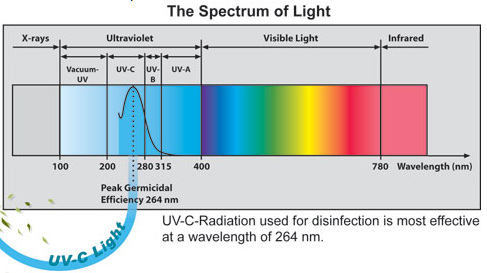| Online: | |
| Visits: | |
| Stories: |
Q7. How Can Wabasca Heavy Pollution Be Detected in Water? U-V!
Sunday, May 18, 2014 23:33
% of readers think this story is Fact. Add your two cents.
Naphthenic Acids in process-affected waters in Canada are also well known to fluoresce at specific wavelengths even at low concentrations (10% process water) which can be used to determine the extent of NA contamination of water bodies.
Source: Ewanchuk 2010
These waters exhibit a characteristic peak in the UV-B range at 290 nanometers (nm) excitation and emit in the UV-A range at about 346 nm.iWhile this may sound complicated, it simply means that samples will glow like a beacon at a specific, measurable frequency when exposed to particular wavelength of ultraviolet light. Although this signature is unique to tar sands pollution and the detection methods are well-established, the EPA did not order fluorescence spectroscopy analysis of the original samples. Of course, Exxon has not revealed the results of any fluorescence analysis which might show that Lake Conway had been contaminated by tar sands oil.
i Ewanchuk, A.M., A.C. Ulrich, D. Sego, 2010 Parallel Factor Analysis of Process Affected Water
Univ. of Alberta, Edmonton
Source: http://kochtruths.blogspot.com/2014/03/q7-how-can-wabasca-heavy-pollution-be.html





